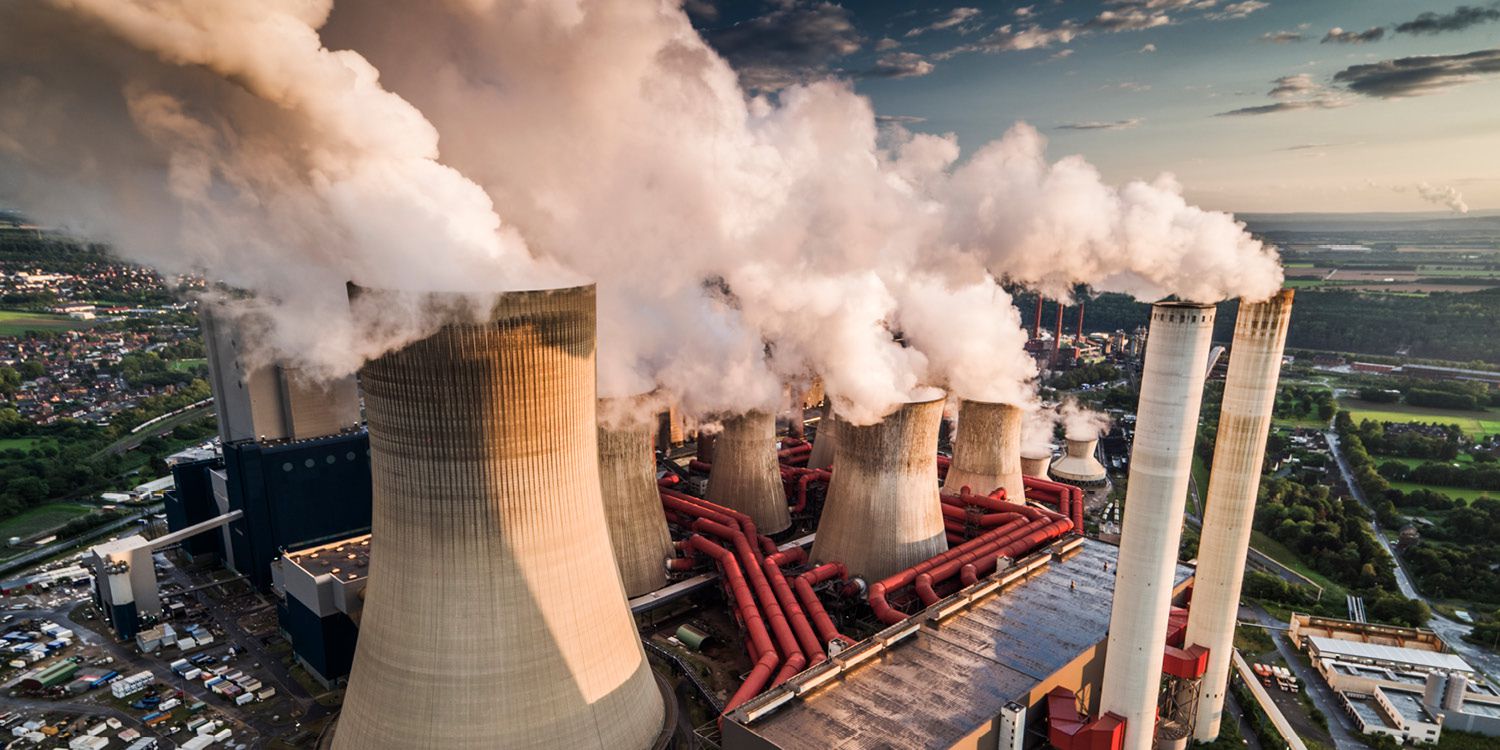Kyoto Protocol: EU cuts GHG emissions by 23% annually

By Faridat Salifu
The European Union (EU) has succeeded in cutting its GHG emissions by an average of 23% during from 2013 – 2020, Kyoto’s Protocol second command.
However, during this period, ten countries, including nine EU member states and the UK, exceeded 30% reductions from 1990 levels.
In all, developed countries participating in the Kyoto Protocol’s second commitment period achieved an average annual emissions reduction of 22% compared to 1990 levels, a milestone in the global fight against climate change.
The final reporting and review process for this period concluded in June 2024, underscoring the potential for greater ambition in future climate commitments.
Despite this progress, seven countries recorded an increase in emissions, highlighting the uneven efforts across the developed world.
Don Cooper, Director of the Transparency Division at UN Climate Change, emphasized the importance of these achievements saying, “The completion of the Kyoto Protocol’s second commitment period paves the way for enhanced climate action by countries.
“ This momentum is crucial as we strive to significantly reduce the risks and impacts of climate change.”
Experys noted that the success of the Kyoto Protocol’s second commitment period suggests that countries can meet the more ambitious emission reduction targets outlined in their Nationally Determined Contributions (NDCs) under the Paris Agreement, which aims to limit global warming to well below 2°C above pre-industrial levels, ideally striving for 1.5°C.
Expert Review Teams Ensure Accurate Reporting a cornerstone of the Kyoto Protocol is its rigorous review process, conducted by expert teams to ensure transparency, accuracy, consistency, and comparability of emissions data.
This process covers greenhouse gas (GHG) emissions from sectors such as energy production, industrial processes, agriculture, and waste, as well as net emissions or removals from land-use activities like afforestation and reforestation.
Over the past two decades, more than 500 experts from 100 developing and developed countries have participated in reviewing GHG inventories, laying a solid foundation for the Paris Agreement’s measurement, reporting, and verification systems.
This extensive review experience is vital for maintaining a transparent and accountable climate reporting framework moving forward.
As the world transitions to the Paris Agreement’s framework, the successes and lessons from the Kyoto Protocol’s second commitment period will inform and enhance future global climate action, ensuring that countries can achieve their ambitious targets and mitigate the impacts of climate change.
